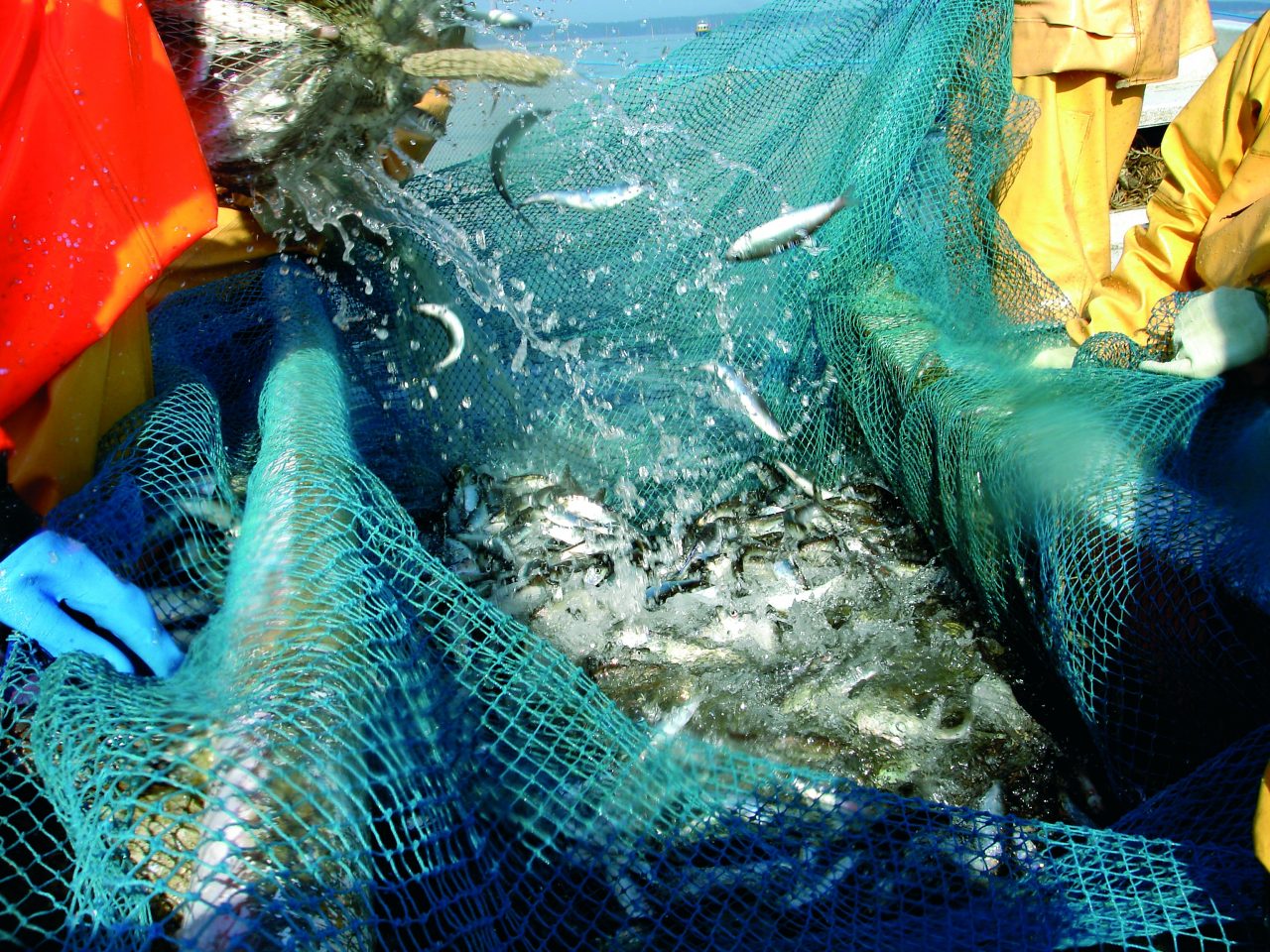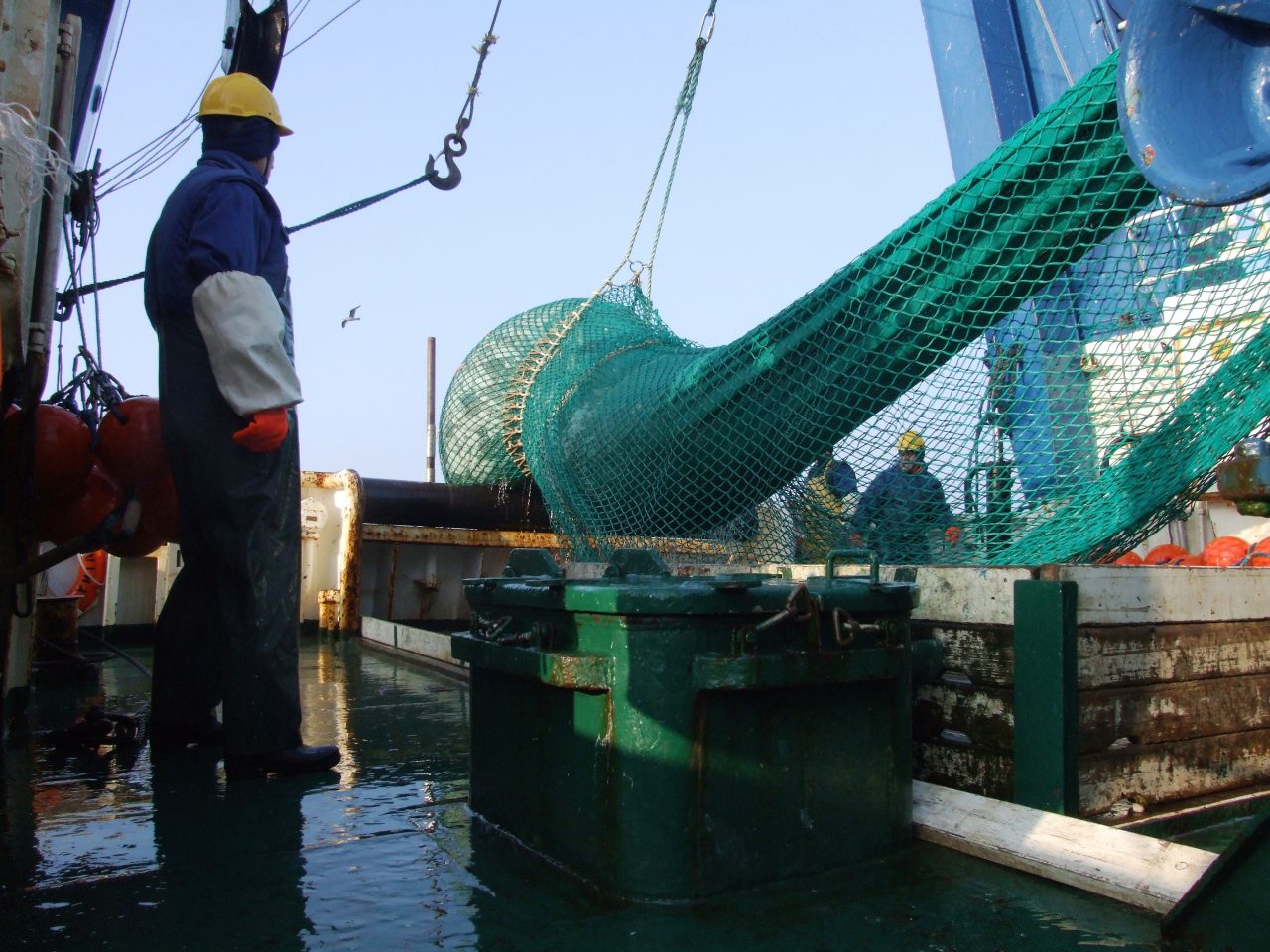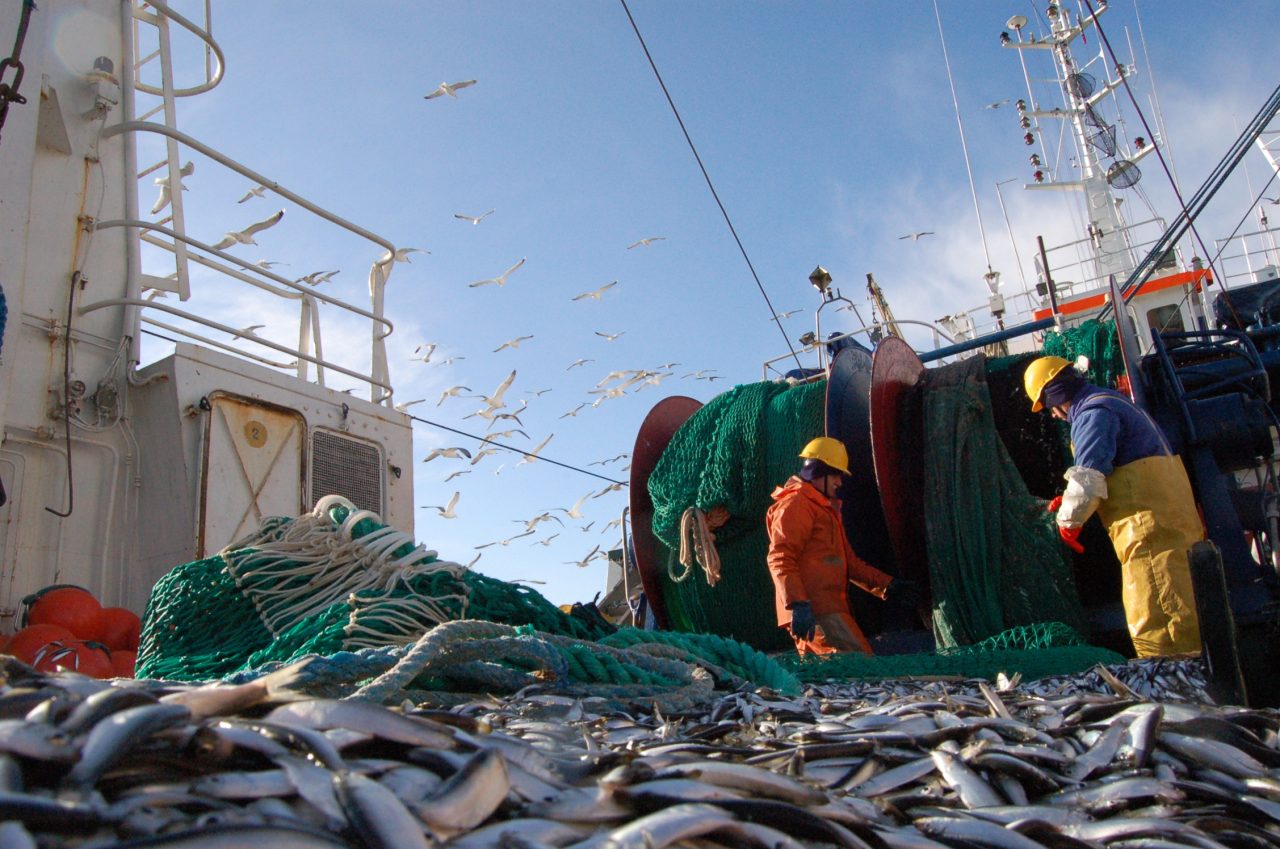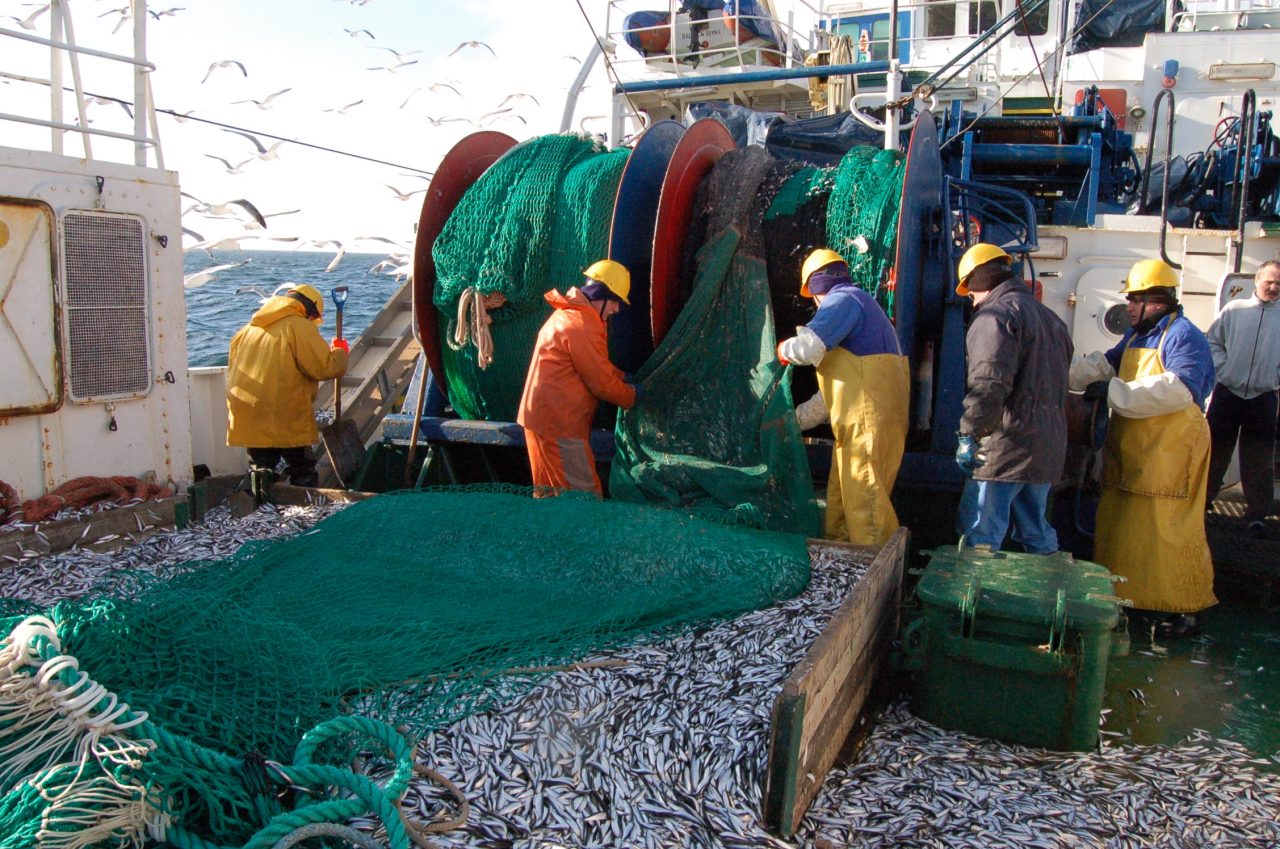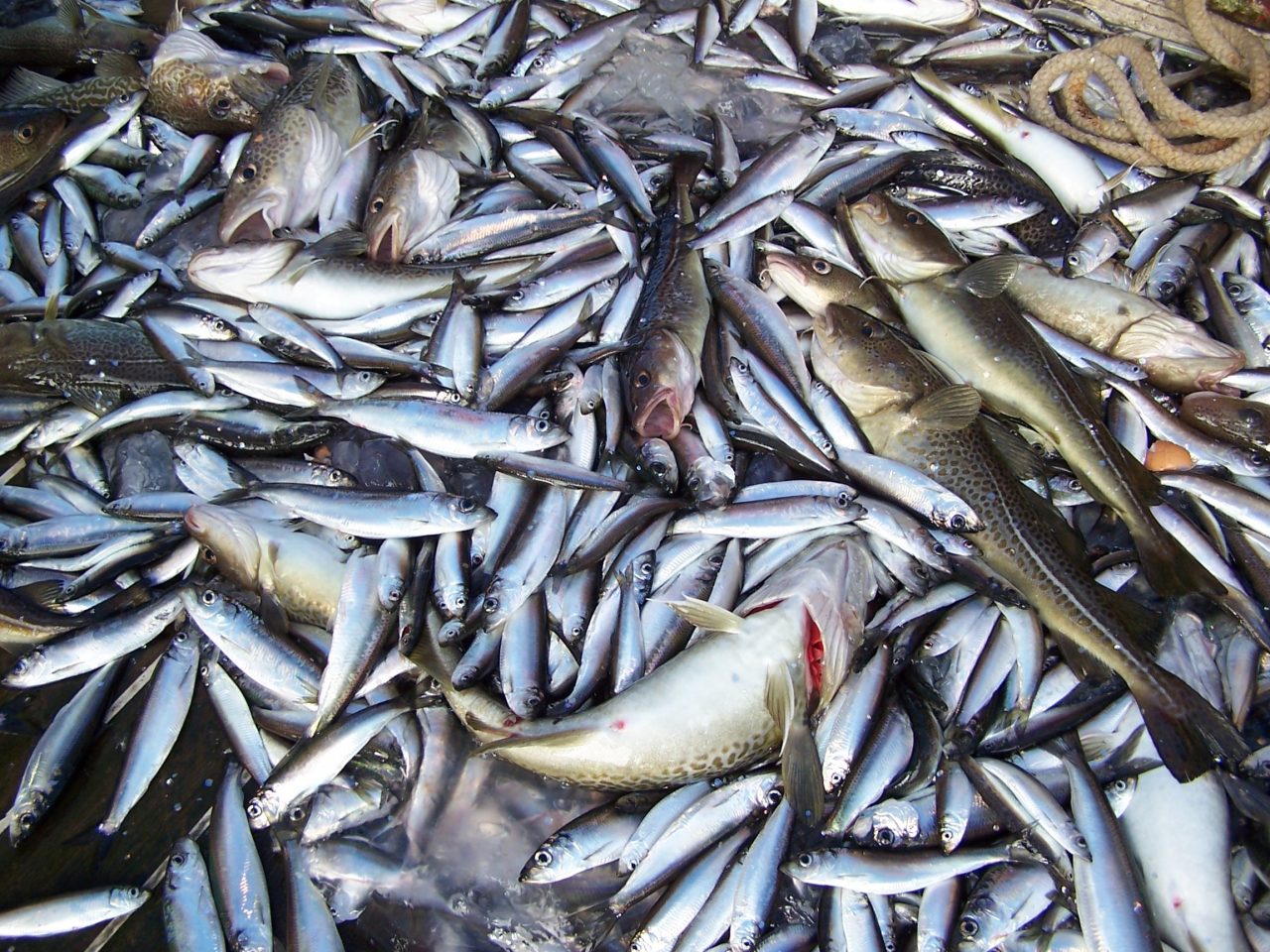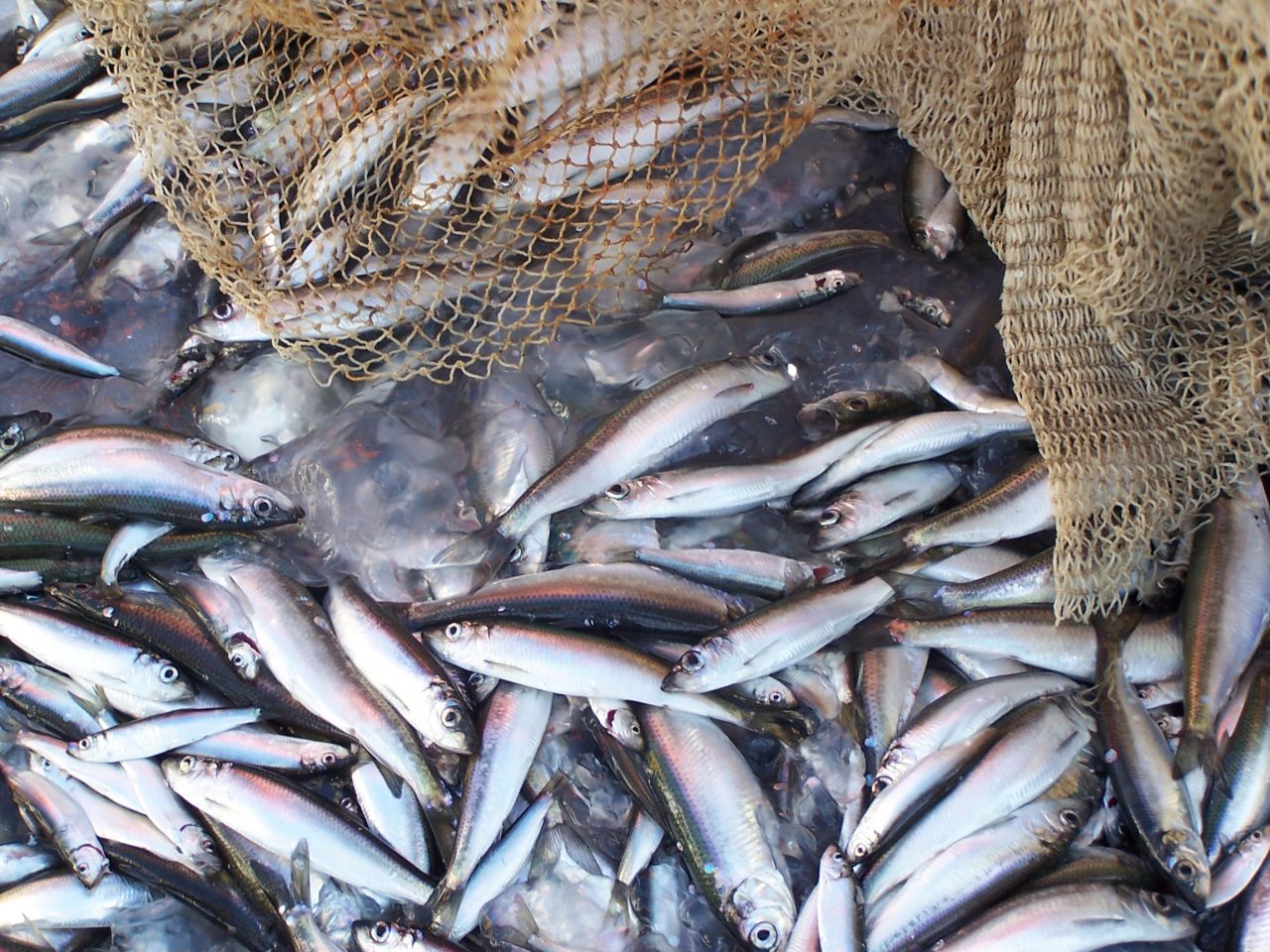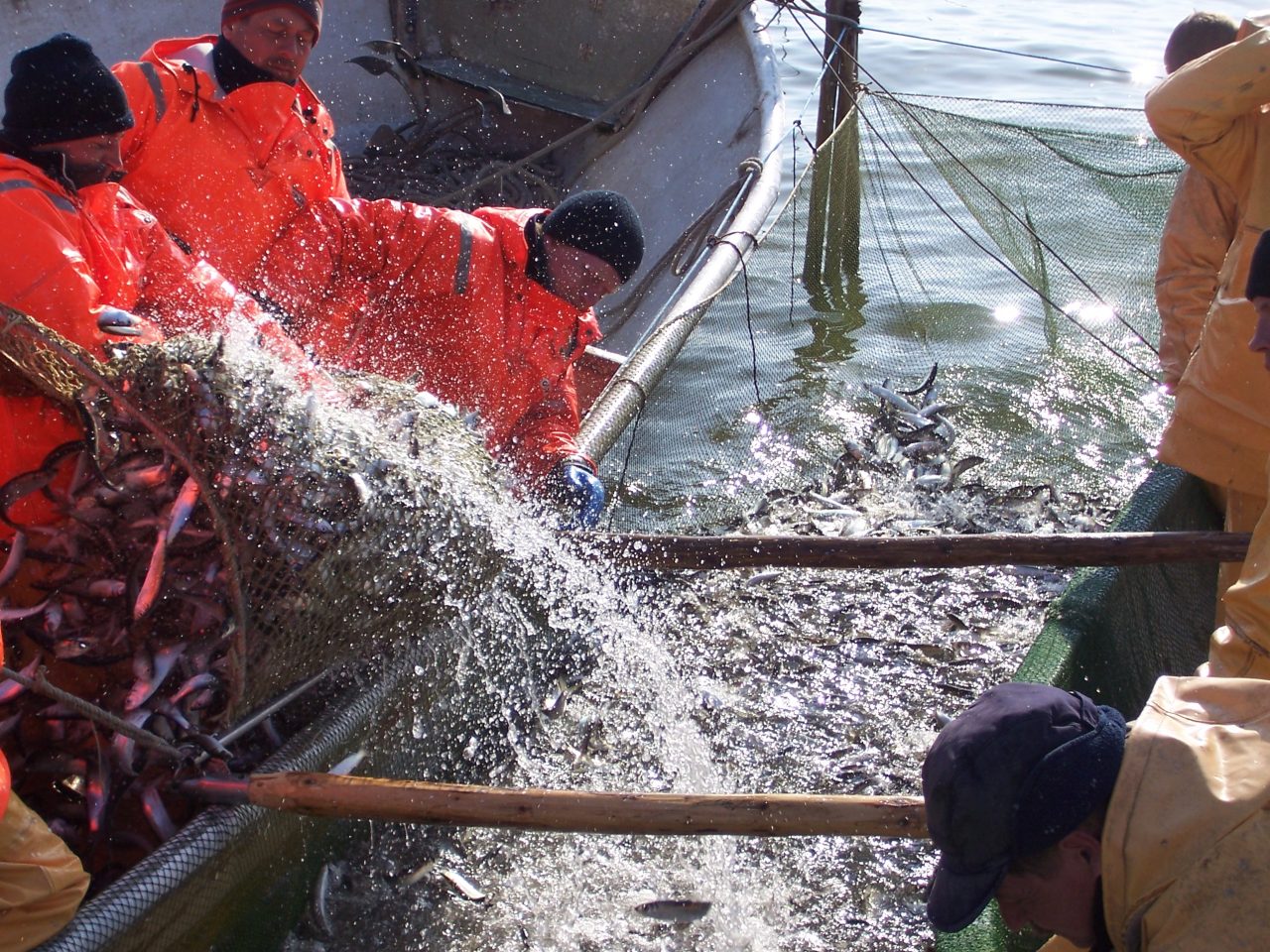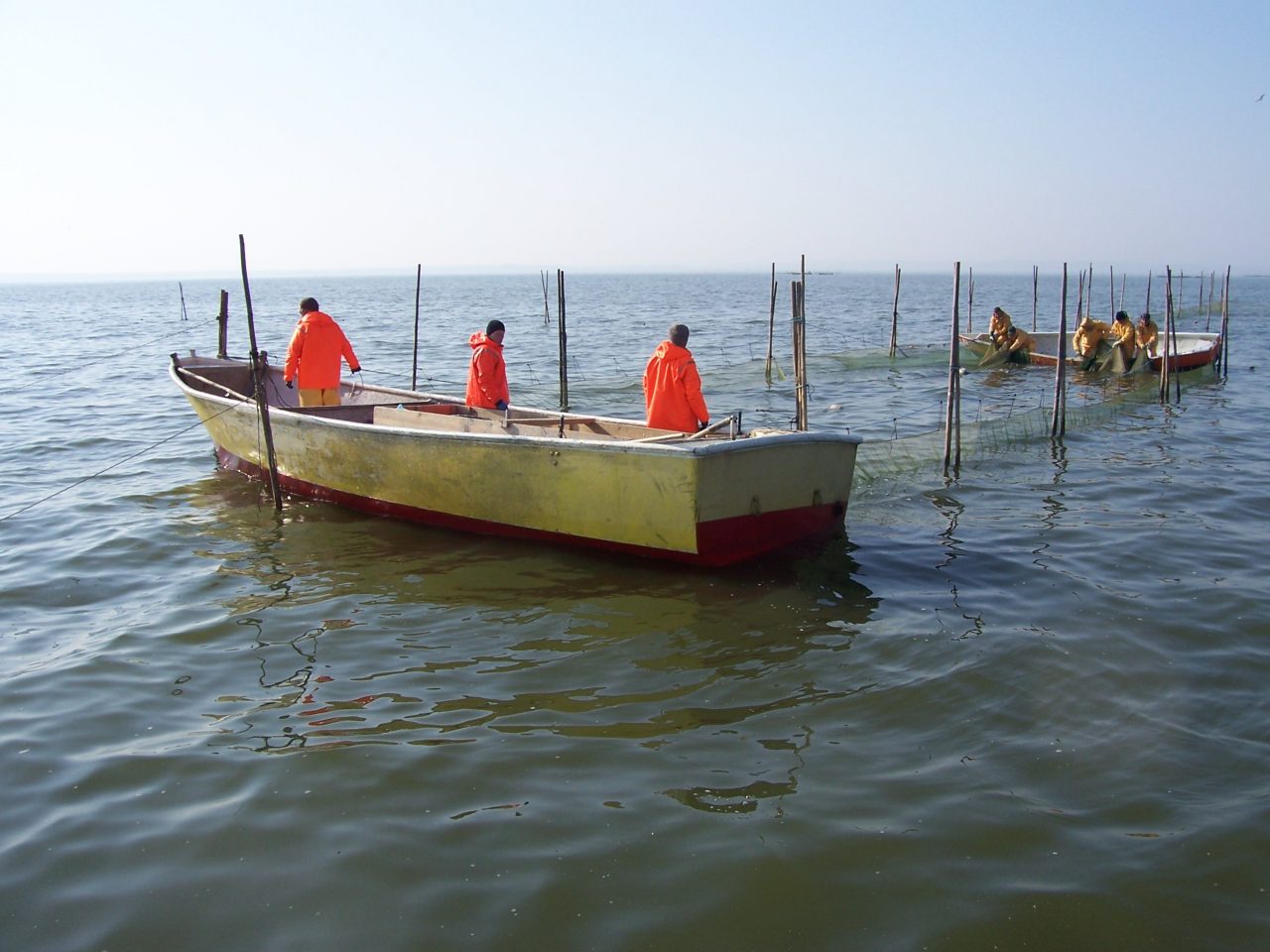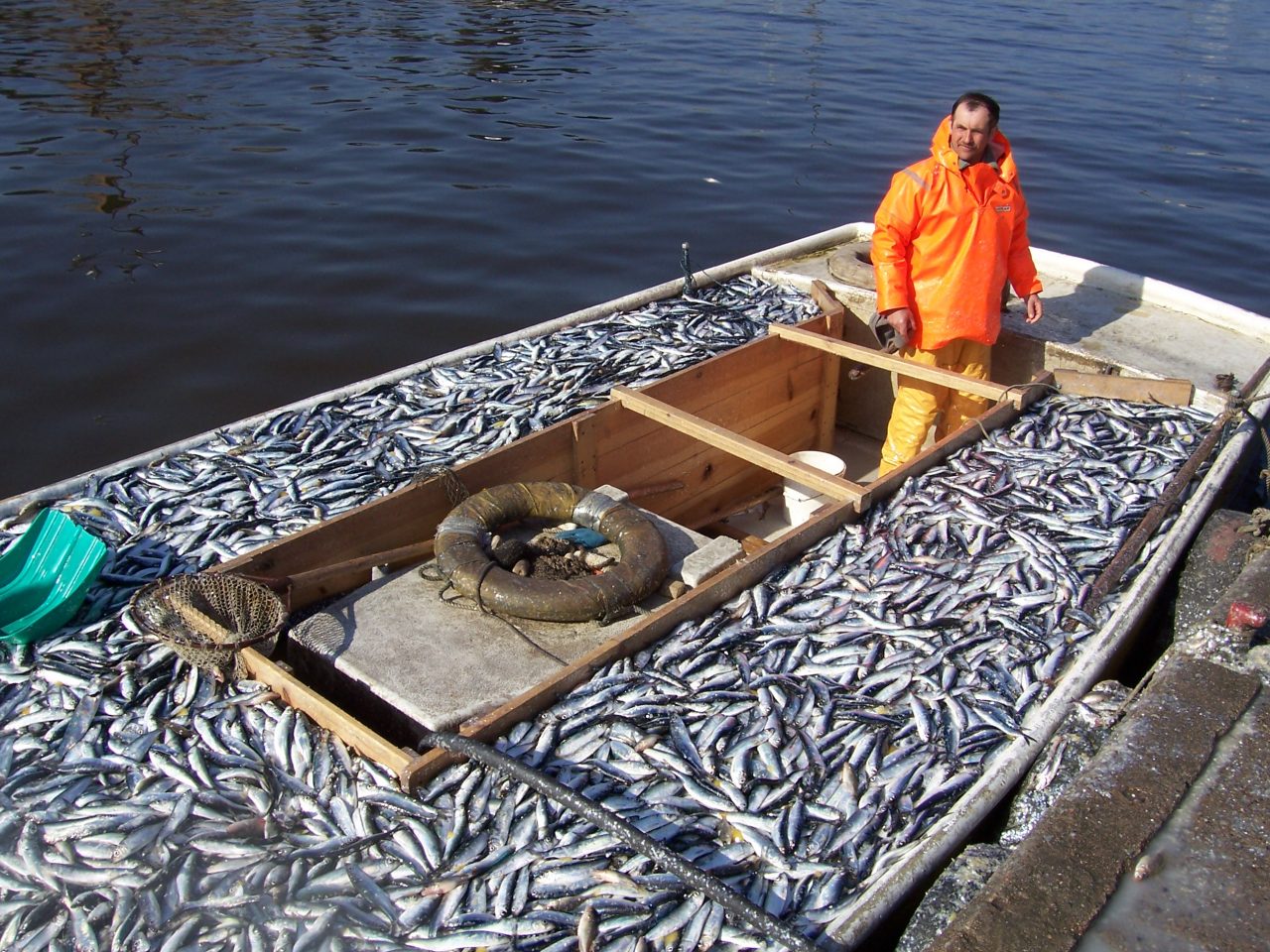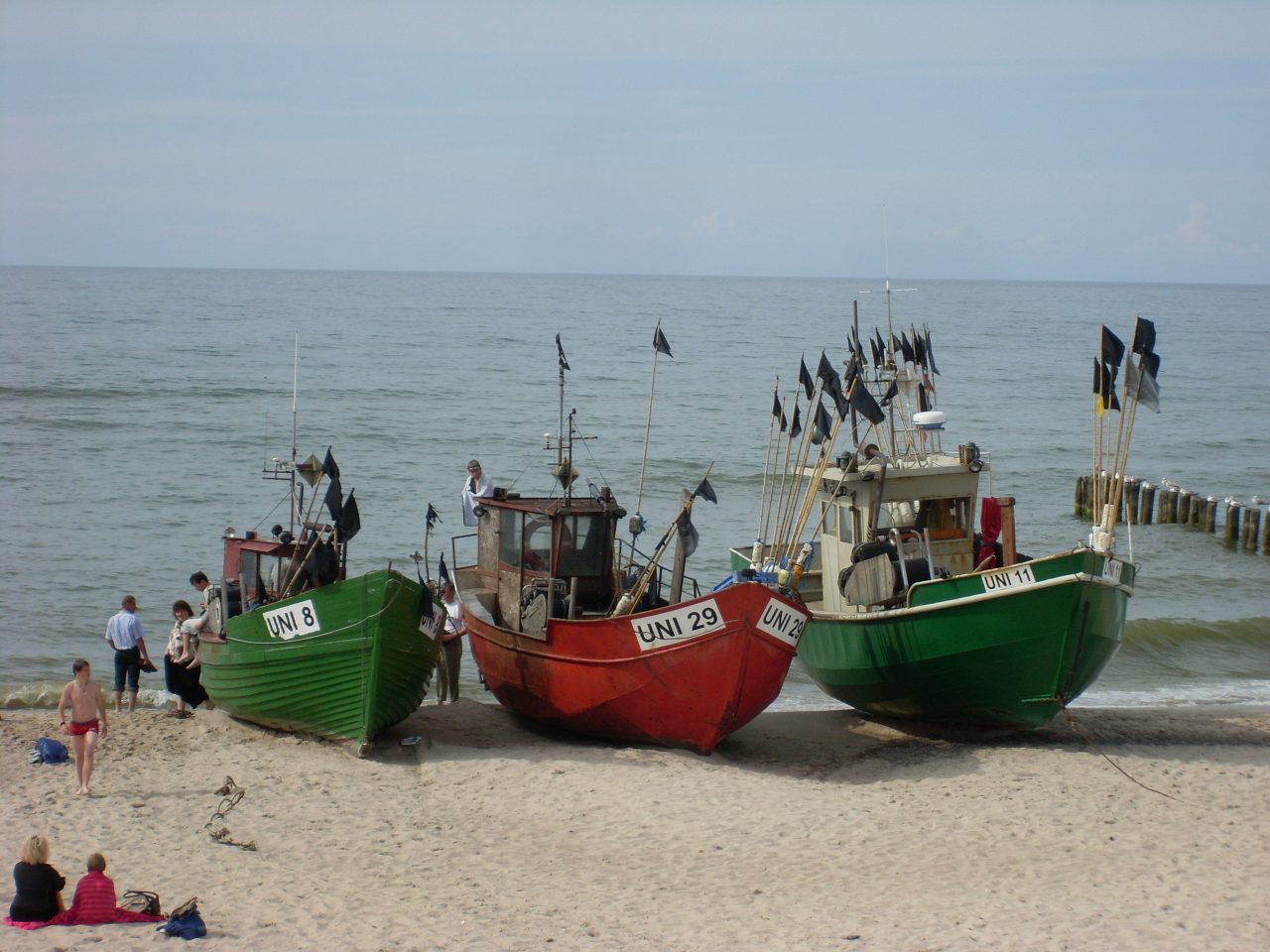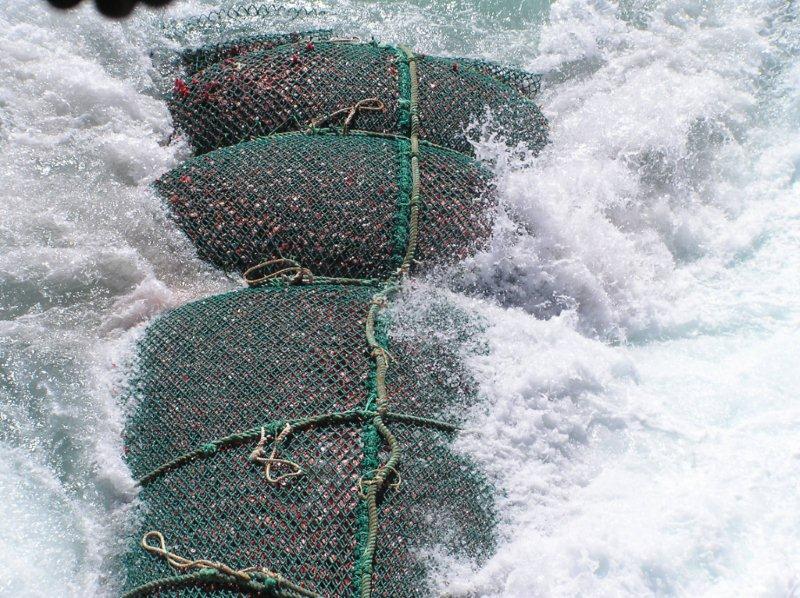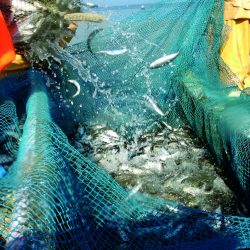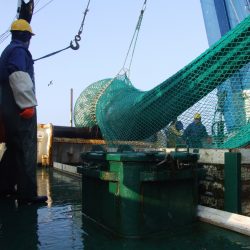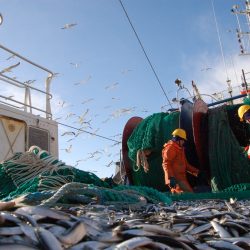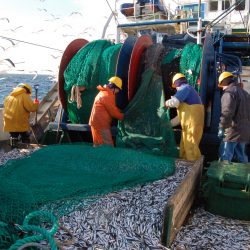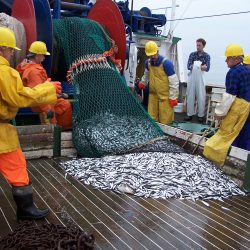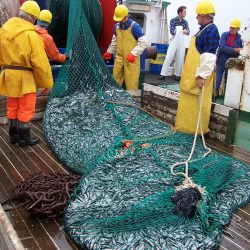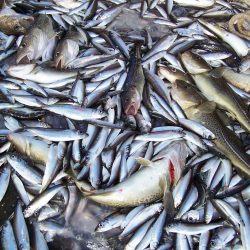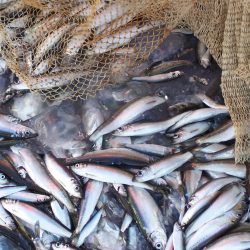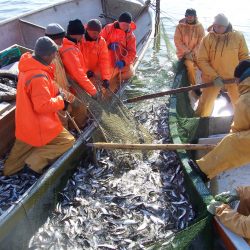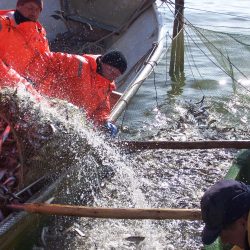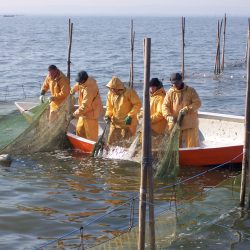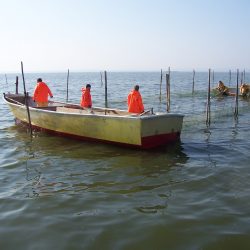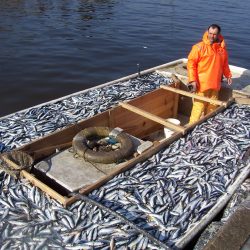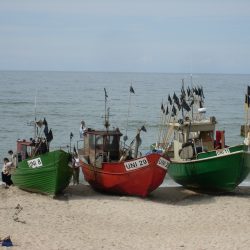On 31 May, the International Council for the Exploration of the Sea (ICES) announced the latest results of the studies on the state of fish stocks of major species exploited in the Baltic and made recommendations on catch quotas for 2018. A detailed description of the stocks’ dynamics and the intensity of their exploitation, the state of resources and the recommended total allowable catches (TAC) will be included in the latest edition of Fisheries News. Here is the essence of the ICES information on the stocks that constitute the basis of the Polish fisheries.
In 2016, the European Union introduced the Fisheries Management Plan for the Baltic Sea. The principle underlying this Plan is the maximum sustainable yield (MSY) and fishing mortality ranges (Flower and Fupper), which allow for catches at 95% of MSY catch, with Flower leading to higher stock biomass, and Fupper leading to lower biomass. The fishing mortality ranges provide some flexibility in resource management, but the range from Fmsy to Fupper can be used only under certain circumstances, as specified in Article 4 of the Plan (sufficiently high stock biomass, attaining specific environmental objectives, reducing catch quotas fluctuations). Due to the implementation of the Plan, the ICES bases its advice on this Plan where there is analytical assessment of the stock state and the stock biomass is high enough. In other cases, the advice is based on the MSY principle or the precautionary approach.
The state of herring stocks in the central Baltic (Subdivisions 25-29+32) and sprat in the entire Baltic (Subdivisions 22-32) is relatively good and the recommended catch quotas do not differ much from the quotas recommended by the ICES in 2017 (Table 1). Both stocks are in good condition owing to the abundant generations of herring and sprat from 2014 – they will have a significant share in catches and stock biomass next year. At the same time, the western Baltic herring stock continues to be at a low level (10-15% of Polish catches of herring originate from this stock) and here the recommended catch quota is much lower than the present one.
The state of resources of both cod stocks in the Baltic Sea is poor. The biomass of eastern Baltic cod (Subdivisions 25-32) has significantly decreased (based on the results of research catches) – the low abundance of new generations of cod joined their low condition and probable higher natural mortality. In turn, the prospects for the cod stock of the western Baltic are based mainly on the abundant generation of 2016. Table 1 presents quotas recommended for 2018 compared to the quotas recommended by the ICES for 2017.
Table 1. Total allowable catches (TAC) (thousand tonnes) recommended by ICES in 2018 and for comparison quotas recommended for 2017. Quota exceeding Fmsy (corresponding to Fupper) is possible only when conditions specified in the management Plan are met.
| TAC 2017***** | TAC 2018 | |||||
|---|---|---|---|---|---|---|
| Stock | Range | Change 2018/2017 | TAC basis 2018 | |||
| Fmsy | Flower | Fupper | (%) | |||
| cod 22-24 | 0.92* | 5.3** | 3.1** | N/A*** | Management plan | |
| cod 25-32 | 27 | 26.1 | N/A*** | N/A*** | -3 | Precautionary approach |
| herring 22-24 | 28.4 | 17.3 | N/A*** | N/A*** | -39 | MSY approach |
| herring 25-29+32 | 216 | 267.7 | 200.2 | 331.5 | 24 | Management plan |
| sprat 22-32 | 314 | 291.7 | 219.2 | 301.7 | -7 | Management plan |
| salmon 22-31 | 116**** | 116**** | N/A*** | N/A*** | 0 | MSY approach |
| */ after deducting recreational catches forecast at 2.5 thousand tonnes | ||||||
| **/ together with recreational catches | ||||||
| ***/ N/A= not applicable | ||||||
| ****/ thousand individuals | ||||||
| *****Note: final quota adopted by the Council amounted to: cod 22-24 5.6 thousand tonnes; cod 25-32 30.9 thousand tonnes; herring 22-24 28.4 thousand tonnes; herring 25-29+32 191.1 thousand tonnes; sprat 22-32 261 thousand tonnes; salmon 22-31 96 thousand individuals (excluding Russia). | ||||||


